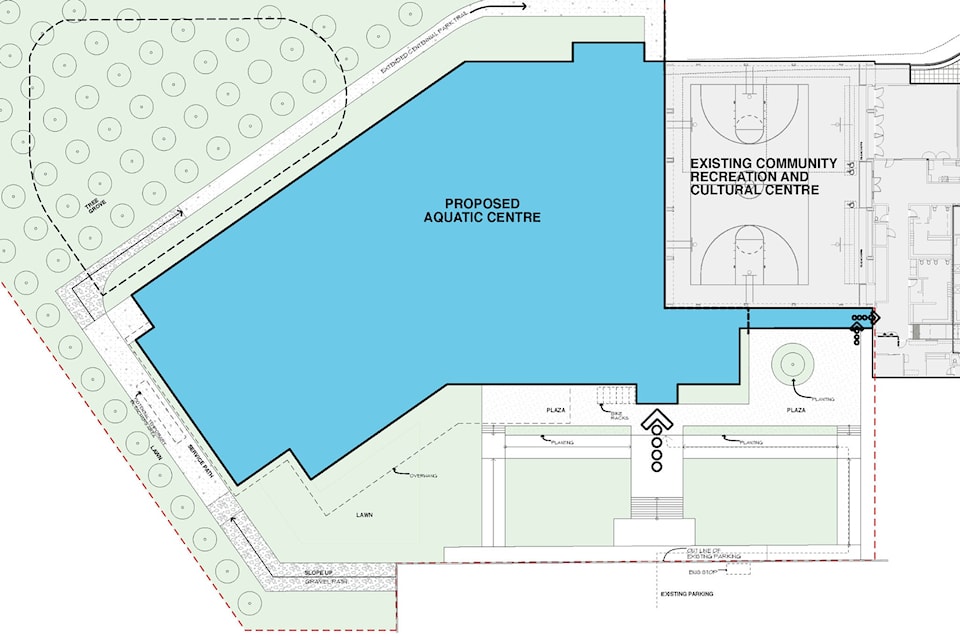As the next four fiscal years come in to focus, the potential financial impact of the Lets’emot Regional Aquatic Centre also starts to crystallize.
The District of Kent council adopted the proposed 2023-2027 financial plan during its first meeting in March. .
According to a report from director of financial services Mike Veenbaas, the financial plan was designed to minimize the impact of property tax increases. Coun. Stan Watchorn highlighted this point in particular during council’s discussion on the proposed plan.
RELATED: District of Kent taxes going up 3.66 per cent
“I appreciate staff’s work and council’s work putting together a tax increase that really is below the level of inflation that’s going on,” Watchorn said. “Especially in these times, it takes a lot of work and focus.”
Part of property tax increases in 2024 and 2025 marks the initial anticipated impact of the new Lets’emot Regional Aquatic Centre. Operating costs and debt servicing would add an estimated $208,500 to the budget in 2024 and $312,900 in 2025 – which accounts for about half of the 2024 and 2025 property tax increases. The district continues to lobby for grant funding to alleviate debt.
Property taxes will increase by about 5.32 per cent in 2023; Watchorn indicated that municipalities elsewhere in the Fraser Valley have seen hikes of 10 to 11 per cent. Further down the line, property taxes are set to rise 5.26 per cent in 2024, 6.33 per cent in 2025, 4.7 per cent in 2026 and 4.75 per cent in 2027.
RELATED: The pool is filling: fundraising for Regional Aquatic Centre in Agassiz nearing 80 per cent of goal
District operations saw an increase of 5 per cent for all non-wage line items in response to inflation.
In addition to anticipated policing costs, increasing the capital reserve is another major factor that contributes to tax increases over the course of the next four years. about half of the proposed property tax increases would be placed into the general capital reserve, primarily to update infrastructure.
More than half of the property tax revenue in will come from residential properties, followed by utilities at just under 25 per cent.
adam.louis@ ahobserver.com
Like us on Facebook and follow us on Twitter.
